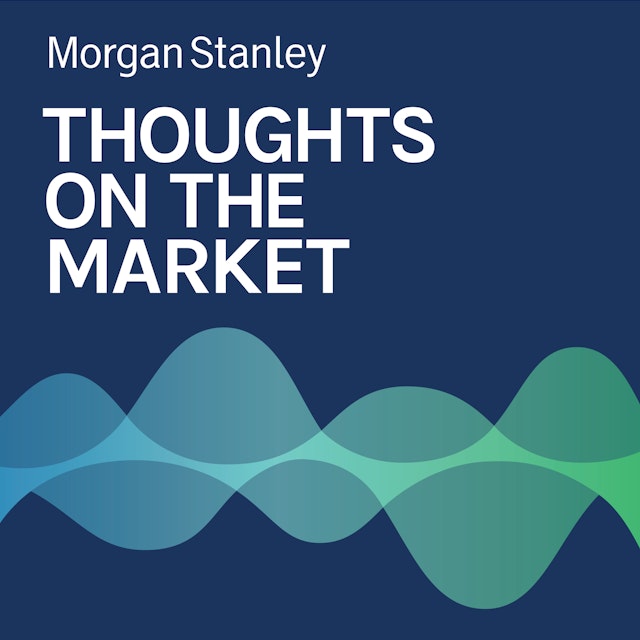The current market pricing can tell investors a lot about what the market believes is coming next, but the future is uncertain and investors may not always agree with market expectations. Chief Cross-Asset Strategist Andrew Sheets explains.
--- Transcript ---
Welcome to Thoughts on the Market. I'm Andrew Sheets, Chief Cross-Asset Strategist for Morgan Stanley. Along with my colleagues bringing you a variety of perspectives, I'll be talking about trends across the global investment landscape and how we put those ideas together. It's Friday, August 5th, at 2 p.m. in London.
Trying to predict where financial markets will go is difficult. The future, as they say, is uncertain, and even the most talented investors and forecasters will frequently struggle to get these predictions right.
A different form of this question, however, might be easier. What do markets assume will happen? After all, these assumptions are the result of thousands of different actors, most of which are trying very hard to make accurate predictions about future market prices because a lot of money is on the line. Not only is there a lot of information in those assumptions, but understanding them are table stakes for a lot of investment strategy. After all, if our view only matches what is already expected by the market to happen, it is simply much less meaningful.
Let's start with central banks, where current market pricing can tell us quite a bit. Markets expect the Fed to raise rates by another 100 basis points between now and February to about three and a half percent. And then from there, the Fed is expected to reverse course, reducing rates by about half a percent by the end of 2023. Meanwhile, the European Central Bank is expected to raise rates steadily from a current level of 0 to 1.1% over the next 12 months.
Morgan Stanley's economists see it differently in both regions. In the U.S., we think the Fed will take rates a little higher than markets expect by year end and then leave them higher for longer than markets currently imply. In the U.S., we think the Fed will take rates higher than markets expect by year end and then leave them higher for longer than is currently implied. In Europe, it's the opposite. We think the ECB will raise rates more slowly than markets imply. The idea that the Fed may do more than expected while the ECB does less is one reason we forecast the US dollar to strengthen further against the euro.
A rich set of future expectations also exists in the commodity market. For example, markets expect oil prices to be about 10% lower in 12 months time. Gasoline is priced to be about 15% lower between now and the end of the year. The price of gold, in contrast, is expected to be about 3% more expensive over the next 12 months.
I’d stress that these predictions are not some sort of cheat code for the market. The fact that oil is priced to decline 10% doesn't mean that you can make 10% today by selling oil. Rather, it means that foreign investor, a 10% decline in oil, or a 3% rise in gold will simply mean you break even over the next 12 months.
Again, all of this pricing informs our views. We forecast oil to decline less and gold to decline more than market prices imply. Meanwhile, Morgan Stanley equity analysts can work backwards looking at what these commodity expectations would mean for the companies that produce them. We won't get into that here, but it's yet another way that we can take advantage of information the market is already giving us.
Thanks for listening. Subscribe to Thoughts on the Market on Apple Podcasts, or wherever you listen, and leave us a review. We'd love to hear from you.
The podcast Thoughts on the Market is embedded on this page from an open RSS feed. All files, descriptions, artwork and other metadata from the RSS-feed is the property of the podcast owner and not affiliated with or validated by Podplay.
